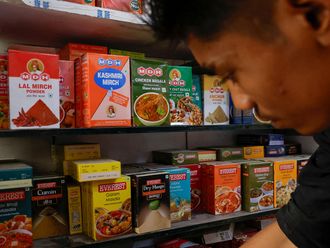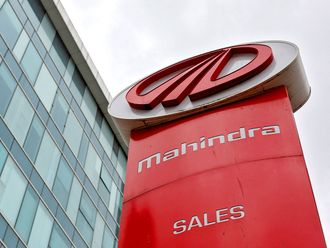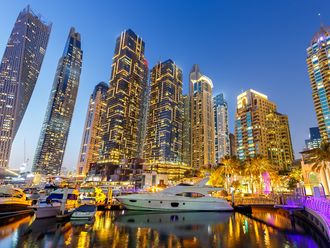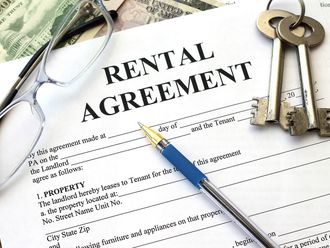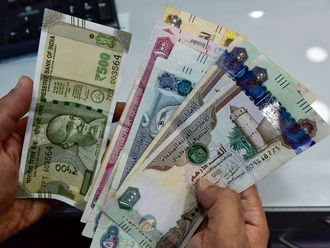In the retail ecosystem, like any other, it is critically important for stakeholders to understand the climate that they operate in.
With the economies of the world the way they are now, the savvy consumers, who are very aware of what’s going on in the market place, no longer have to worry about their choice — because they now have plenty of choices. The advent of social media and technology have made it easier for the customer to access and analyse the products that they want; and then make informed decisions to buy.
Whether it’s fashion, food, a commodity or whatever, unless you are very unique in what you’re selling, you won’t be able to survive in the market for long. You have to have a key differentiator and be clear on your standing on the product, your customer, and the cost.
Customers have become very aware of the value equation, which comes into play in a big way. Consequently, they will shop around, compare prices and evaluate what value they are getting by patronising a certain retailer.
While there is a lot of impulse buying, most often it’s a considered purchase. Customers will probably go around to see what’s available but not necessarily buy it from there.
They will get a touch, feel and look of the product because it is available for display in the department store, but they can easily go and buy online. Do not forget, it is a highly intelligent and well-informed customer that you are dealing with now.
And unlike in the past where the customer was led into patronising a particular brand simply by word-of-mouth or experience, now he has easy access to the views and opinions of his fellow-users and that he values. And if, despite a favourable opinion, he still manages to have a negative experience, there is always that other brand that he will happily patronise the next time.
The same goes for any of the other products. They can easily go for private branded merchandise, which is what a lot of the supermarkets have been cleverly adopting lately. Lots of private labels have high margins that they use as a strategy, because it allows retailers to play with the margins and offer discounts to attract more and more customers.
However, you need to have a good supply chain strategy to make sure that you are able to deliver those promises and discounts. You may need to adopt the latest technology or may need to create an excellent supply chain network to ensure flawless turnaround times for stocking and, thereafter, product deliveries.
The other thing is that it is a collective thing — the majority sets the climate. When we’re looking at the scope of the environment and what retailers are focusing on, there needs to be the acknowledgement that there will always be exceptions to the rule you’re putting in place.
If retailers drop the ball, they lose control of the direction they’re going towards. ‘Oh, it’s a couple of customers over here’… ‘But it’s also a couple of customers over there’.
So they start watering down their core business due to one or two customers that they think they might be able to attract if they diversify a little bit more. But in the end, they finish up standing for nothing, simply because they’ve misread the climate.
And there are examples galore of retailing businesses that have had to unfortunately shut down simply because of that.
All in all, knowing your climate is about understanding market conditions and standing for something in the marketplace. When you take the position for what you stand for, you will have set your target customers.
You may have one or a few exceptions, but you will treat them as exceptions and nothing more.
Businesses need to understand that it is the novelty or the uniqueness of their product/service and the experience that goes with it that will draw the customer back. To ensure that, they must stay on the top of their game.
They need to ensure that they not only continue to focus on their core strengths, but also encourage a culture of innovation wherein they adapt and align themselves to changes in the space that they operate in — be it technology, government regulations or even market volatility.
The writer is CEO of Thought Leaders Middle East.


